Engines are the heart of any vehicle, and their design can make or break a model’s legacy. Over the years, manufacturers like Toyota, Mazda, BMW, Nissan, and Volkswagen have produced powerplants that range from legendary to deeply flawed.
Some engines earned a loyal following for their durability and ease of maintenance, while others frustrated owners with reliability issues and costly repairs.
This article examines a selection of engines that either upheld or damaged their brand’s reputation. By looking at what went right—and what went wrong—we gain insight into how engineering decisions affect performance, longevity, and the overall ownership experience.
5 Engines That Outlive The Body
1. Toyota 22RE: A Legacy of Reliability and Longevity
The Toyota 22RE is one of the most iconic engines ever produced, known for its bulletproof reliability and simple engineering. Introduced in 1981, these 2.4-liter inline-four powered vehicles, like the Celica, Hilux, 4Runner, and Pickup through the mid-1990s.
It featured early electronic fuel injection, a cast iron block, and an aluminum head, contributing to its longevity and ease of maintenance. Variants like the 22RTE (turbocharged) and 22REC (California emissions) added diversity to its lineup.
With many units still running past 300,000 miles, the 22RE has earned a lasting reputation as one of Toyota’s most trusted and beloved powerplants.
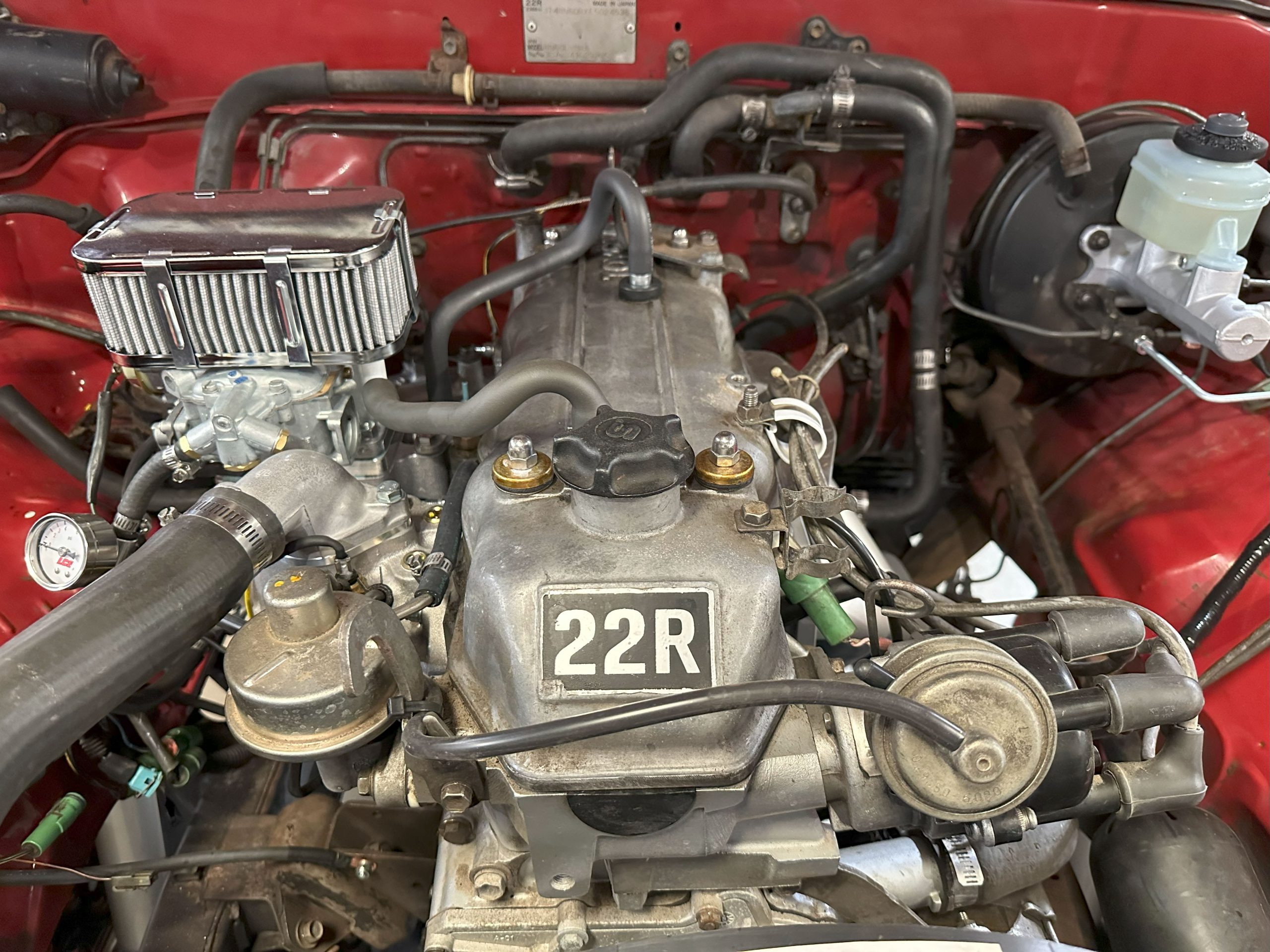
2. Toyota 5S-FE: The Unsung Hero of Long-Lasting Reliability
The Toyota 5S-FE, a 2.2-liter DOHC inline-four, became legendary for its durability and ease of maintenance. Producing around 132 horsepower and 145 lb-ft of torque, it powered models like the Camry, Celica, and Solara from 1990 to 2001.
Built with cast iron and aluminum, it was known for reaching well over 200,000 miles with routine care—some even clocking half a million. Across three generations, it saw minor improvements like knock sensors but maintained a consistent design.
As the final engine in Toyota’s S-series, the 5S-FE delivered quiet, dependable performance, making it a benchmark for long-lasting engineering excellence.
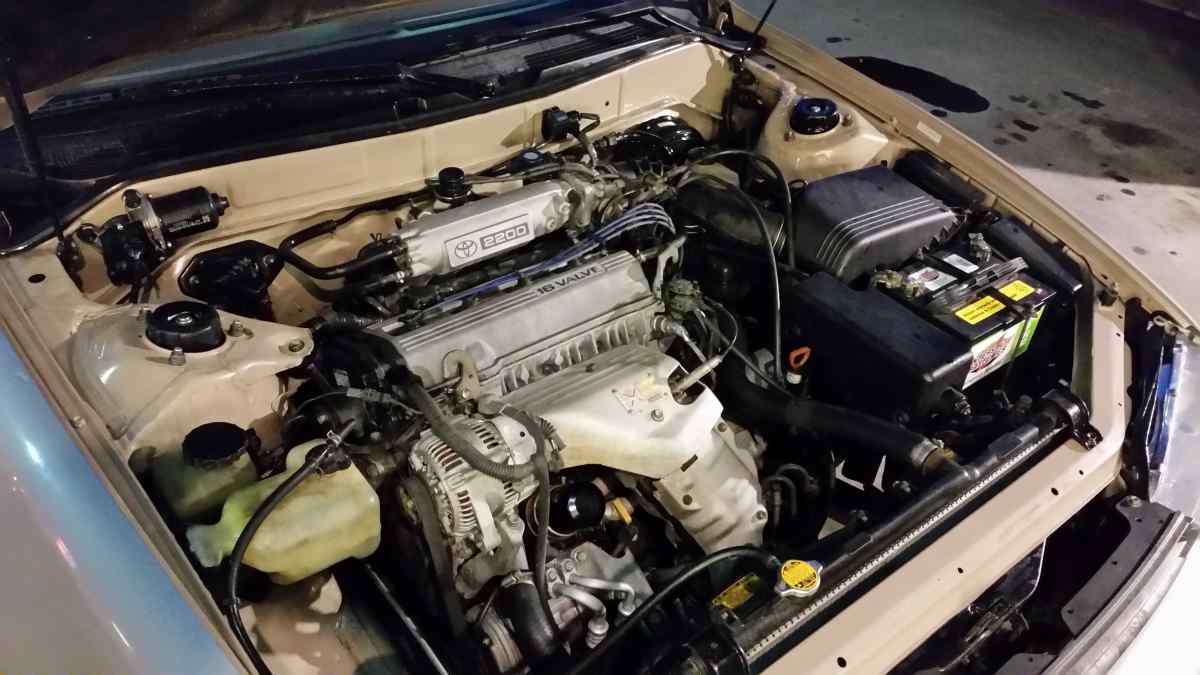
3. Jeep 4.0: The Workhorse Straight-Six That Refused to Quit
The Jeep 4.0-liter inline-six engine, produced from 1986 to 2006, earned a reputation for toughness and long-term reliability. Delivering up to 190 horsepower and 235 lb-ft of torque, it powered models like the Cherokee, Wrangler, and Grand Cherokee.
Built with a cast-iron block and head, it was designed to handle rugged terrain, often reaching 200,000 to 300,000 miles with basic maintenance. Though rarely seen hitting extreme mileages due to off-road use, its durability is unquestioned.
Minimal revisions over two decades further cemented its legacy as one of Jeep’s most dependable engines—an icon among 4×4 enthusiasts and daily drivers alike.

4. Buick 3800: GM’s Bulletproof V6 Legacy
The Buick 3800 V6 engine, used from 1988 to 2008, is renowned for its exceptional durability and simplicity. With versions producing up to 300 horsepower when supercharged, it powered a wide array of GM vehicles, including Buicks, Chevrolets, Pontiacs, and Oldsmobiles.
Built with a cast-iron block and avoiding complex technologies, it became famous for surpassing 300,000 miles with minimal issues. From the early LN3 to the revered Series II, the 3800 evolved while maintaining reliability.
Its straightforward design, solid construction, and wide application earned it a reputation as one of the most dependable American engines ever built.
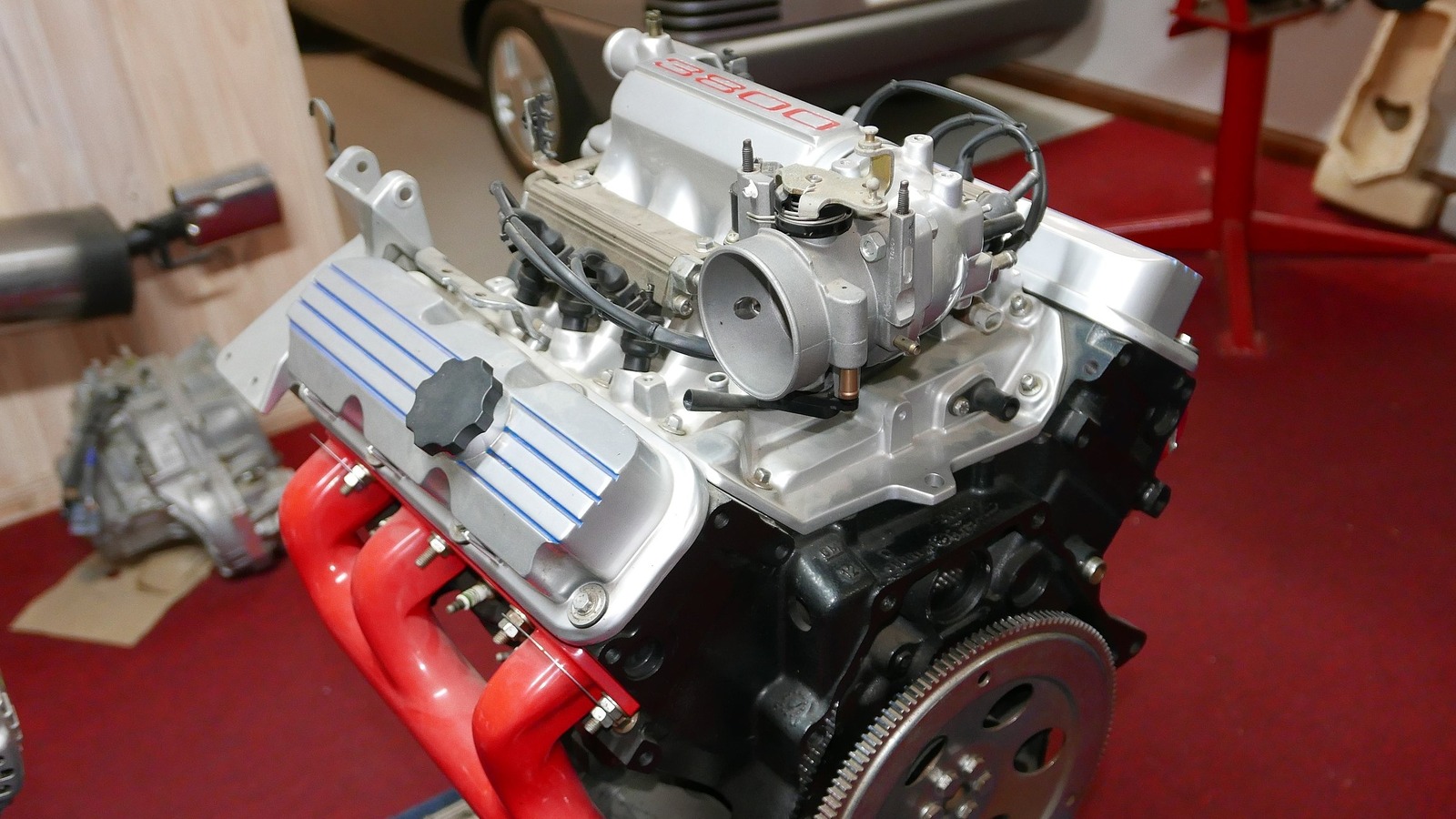
5. Chrysler Slant-Six: The Indestructible Inline Legend
The Chrysler Slant-Six engine, produced from 1960 to 1987, earned a reputation for its durability and unique 30-degree inline-six design. Initially delivering up to 225 horsepower, emissions regulations in the 1970s reduced output, but not its reliability.
Known for surpassing 300,000 miles with minimal issues, the Slant-Six was used in a wide range of Chrysler, Dodge, and Plymouth models. Early versions featured aluminum blocks, later replaced with cast iron.
Shared components with Chrysler V8s simplified repairs. With a 27-year run, the Slant-Six remains one of Chrysler’s most iconic and long-lasting engines, beloved by mechanics and enthusiasts alike.

5 Engines That Die Before the Warranty Ends
1. Mazda 1.3 Renesis: A Rotary Letdown
Mazda’s 1.3-liter Renesis engine, found in the RX-8, was once celebrated for offering sports car power in a compact rotary design. With fewer moving parts and less internal friction, it promised lightweight efficiency and strong performance.
However, the reality was less impressive. The engine became notorious for consuming excessive oil and fuel, echoing characteristics of old two-stroke motors. Compression loss caused by apex seal wear led to significant power drops, often before reaching 40,000 miles.
Although enthusiasts defended it, maintenance difficulties and a lack of experienced mechanics made ownership expensive and frustrating, undermining Mazda’s bold engineering vision.
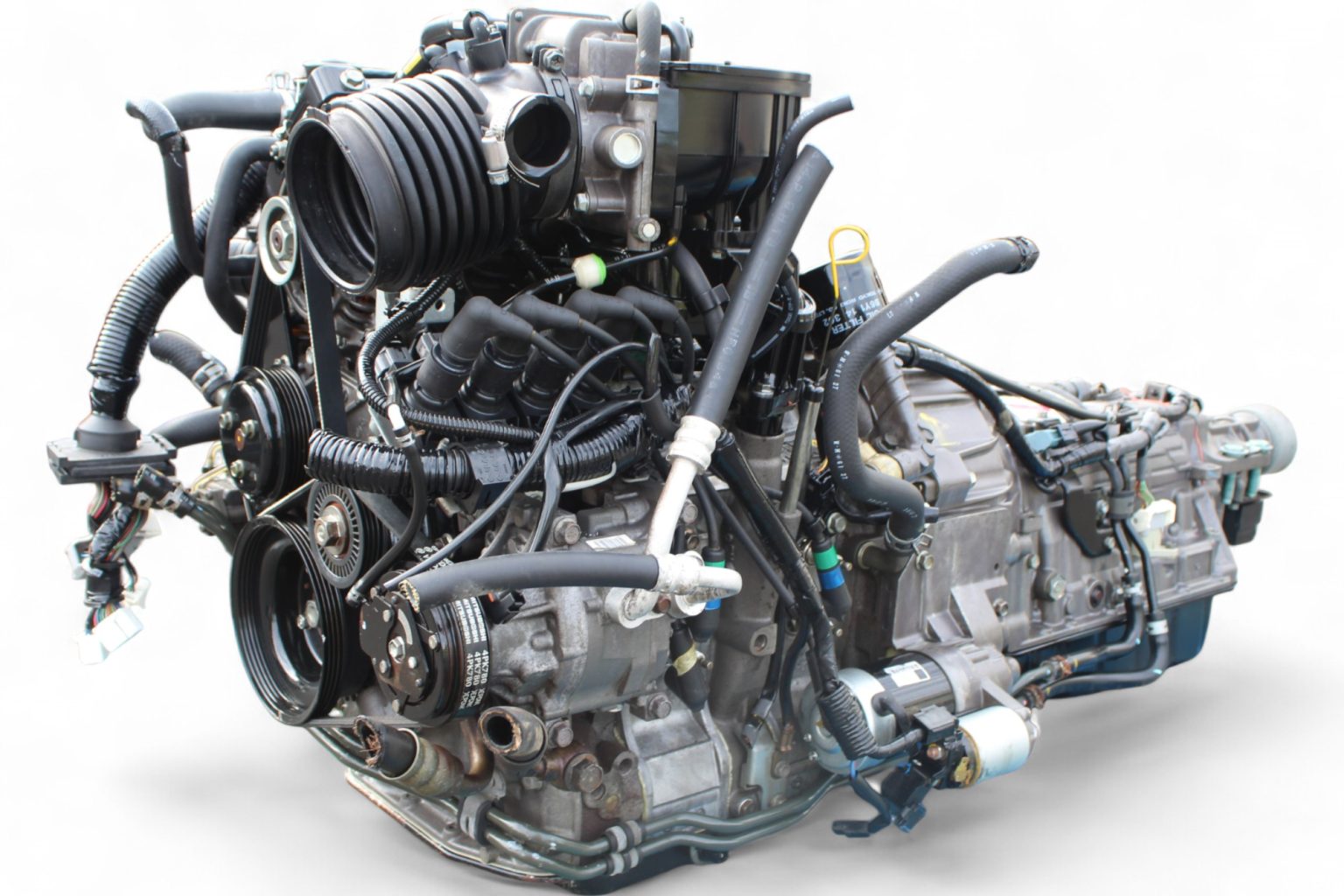
2. BMW N47 Diesel: Innovation with a Fatal Flaw
BMW’s N47 2.0-liter diesel engine, introduced in 2007, initially seemed like a marvel of modern engineering. It featured turbocharging, common-rail injection, and lightweight materials to deliver excellent performance and fuel economy across various BMW models.
Unfortunately, timing chain failure became a widespread and critical issue. Located at the rear of the engine, the chain was costly and complicated to replace.
Many drivers reported the engine rattling early in its life, with some failures resulting in complete engine destruction. Despite BMW’s recalls and improvements, the reputation of the N47 was deeply tarnished by its unreliability and expensive repair costs.
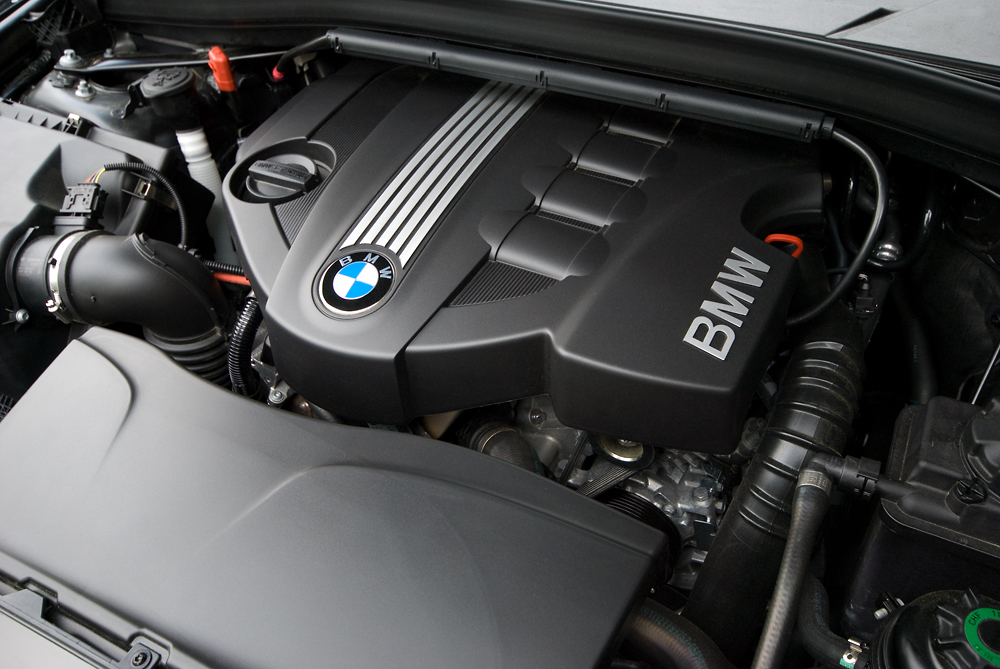
Though flawed, the N47 was technologically advanced. It used a DOHC setup, aluminum block, and BMW’s EfficientDynamics philosophy to maximize performance while minimizing emissions.
Available in 1.6L to 2.0L configurations, it powered cars from the 1 Series to the X3. The engine delivered between 94 and 215 horsepower, offering a great balance of efficiency and drivability. However, systemic failures—especially of timing chains and EGR valves—led to a global recall of 1.6 million units.
BMW responded with reinforced parts and service updates. Yet, the engine’s poor long-term reliability meant extra care and costly preventative maintenance were essential for ownership.
3. Nissan QG Engines: Disappointing Durability
Nissan’s QG series 1.5 and 1.8-liter engines, found in models like the Almera and Sentra, stood in stark contrast to Japan’s reputation for reliability. Their main flaw lay in the prematurely worn piston rings, which caused high oil consumption—up to 1.5 liters per 1,000 kilometers.
With oil sumps holding less than 3 liters, neglecting top-ups often resulted in engine failure. Nissan did replace many engines under warranty, but post-warranty repair costs were prohibitive.
These engines represented a major letdown for owners expecting longevity. As such, they’ve gone down as one of Nissan’s less durable and more maintenance-heavy powerplants.
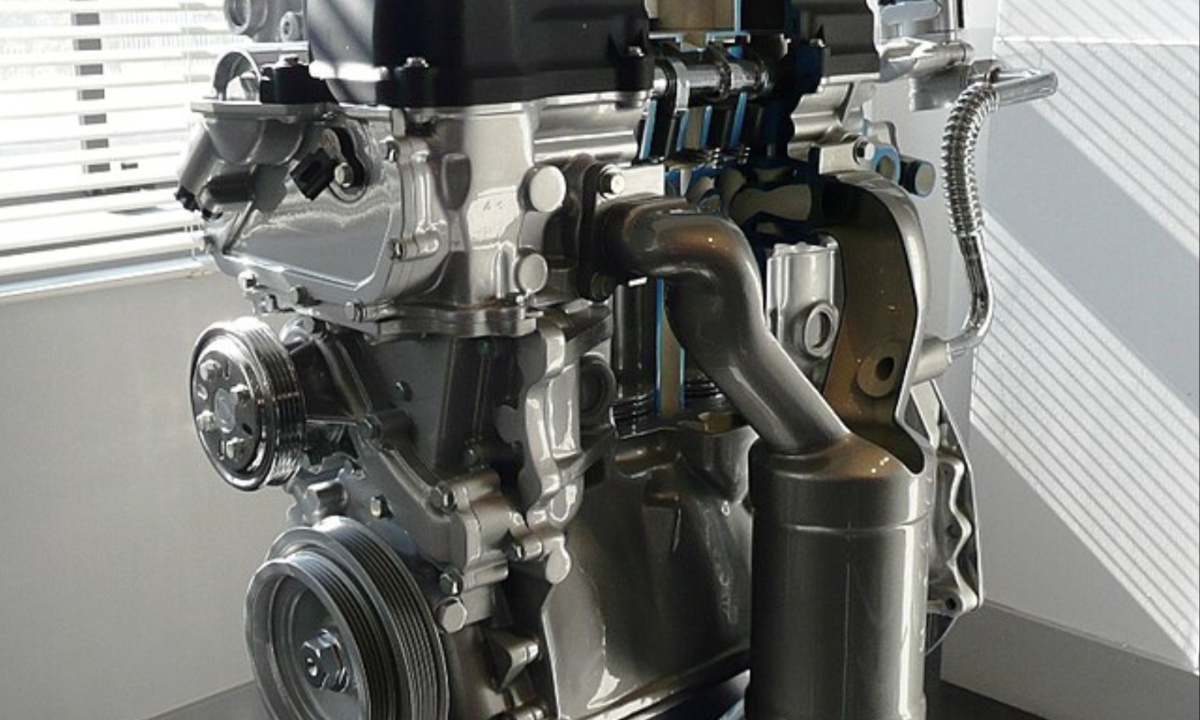
4. VW FSI Engines: Overpromising and Underperforming
Volkswagen’s 1.4 and 1.6 FSI engines, launched in the early 2000s, aimed to deliver modern efficiency in a compact format. While promising better fuel economy, real-world performance disappointed. Issues included severe carbon buildup in intake valves, unreliable timing chains, and failing sensors—all of which were costly to fix.
Compounding the issue, the engines weren’t compatible with aftermarket LPG systems, eliminating a cost-saving option for many. Though found in popular models like the Golf Mk5 and Audi A3, these engines’ high repair costs were disproportionate for budget-friendly cars. Ultimately, the FSI series became known more for its headaches than innovations.
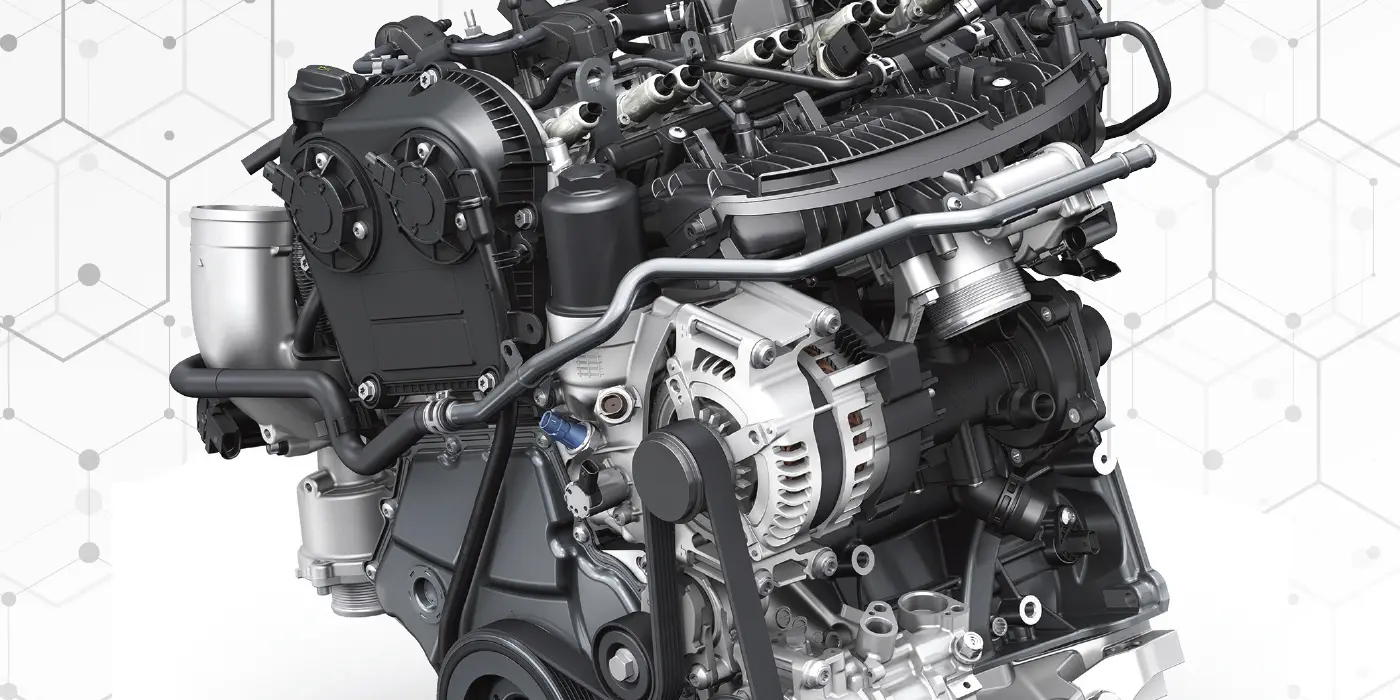
5. Toyota 1.8 VVT-i (1ZZ-FE): A Rare Misstep in Reliability
The Toyota 1.8 VVT-i (1ZZ-FE), produced from 1998 to 2007, powered popular models like the Corolla, Celica GT, and MR2 Spyder. Despite Toyota’s reputation for dependable engines, the 1ZZ-FE became notorious for high oil consumption due to poorly designed piston rings.
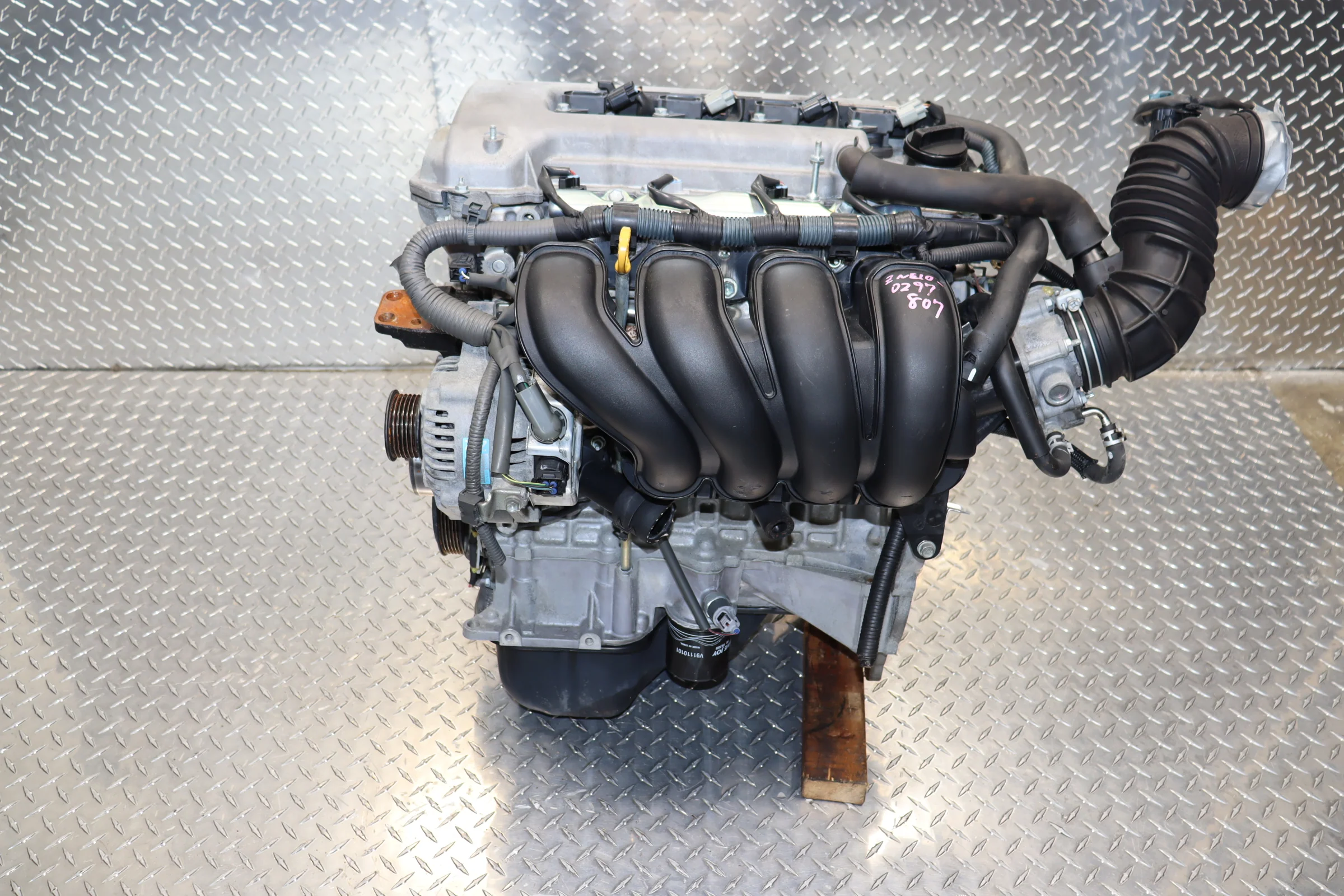
Although a revision in 2005 addressed the issue, the damage to its reputation had been done. Widely used across Toyota and even GM, and Lotus models, it stands out as one of Toyota’s least reliable engines. While not catastrophic, its recurring oil problems made it a blemish on an otherwise strong legacy of engine durability.
Also Read: 5 Cars With Legendary Timing Chains and 5 With Fragile Belts

